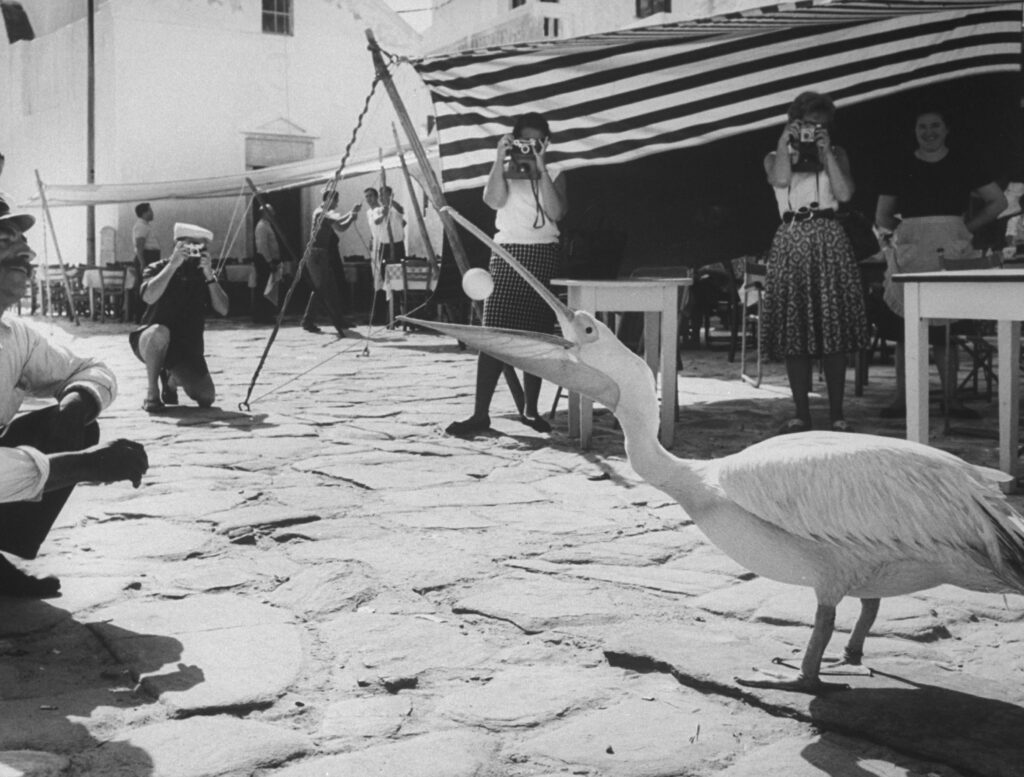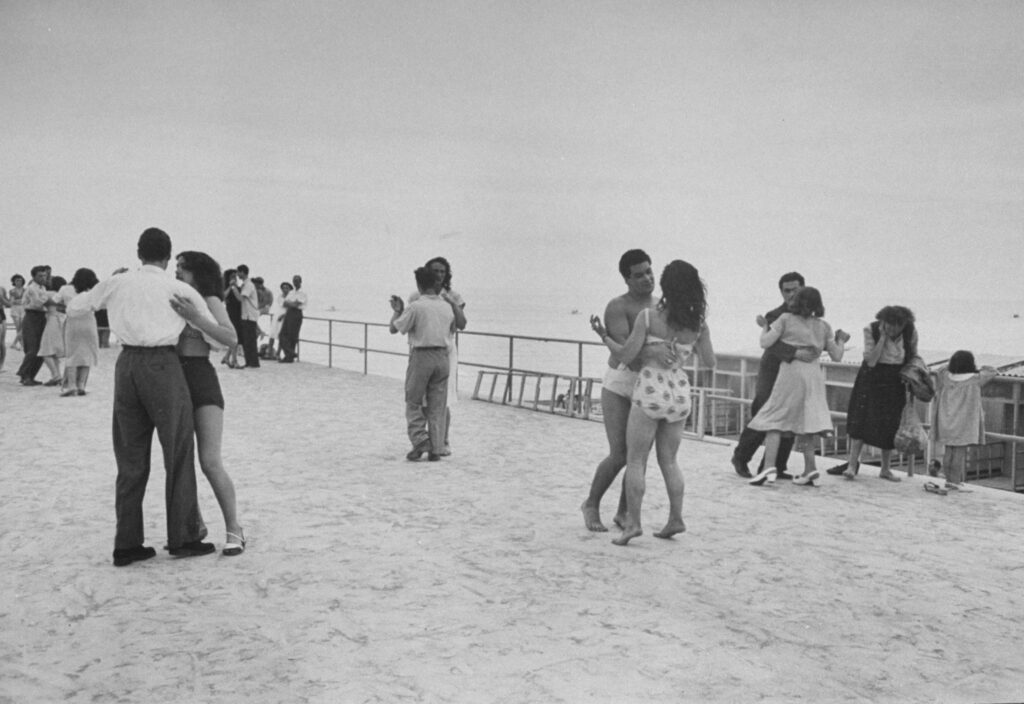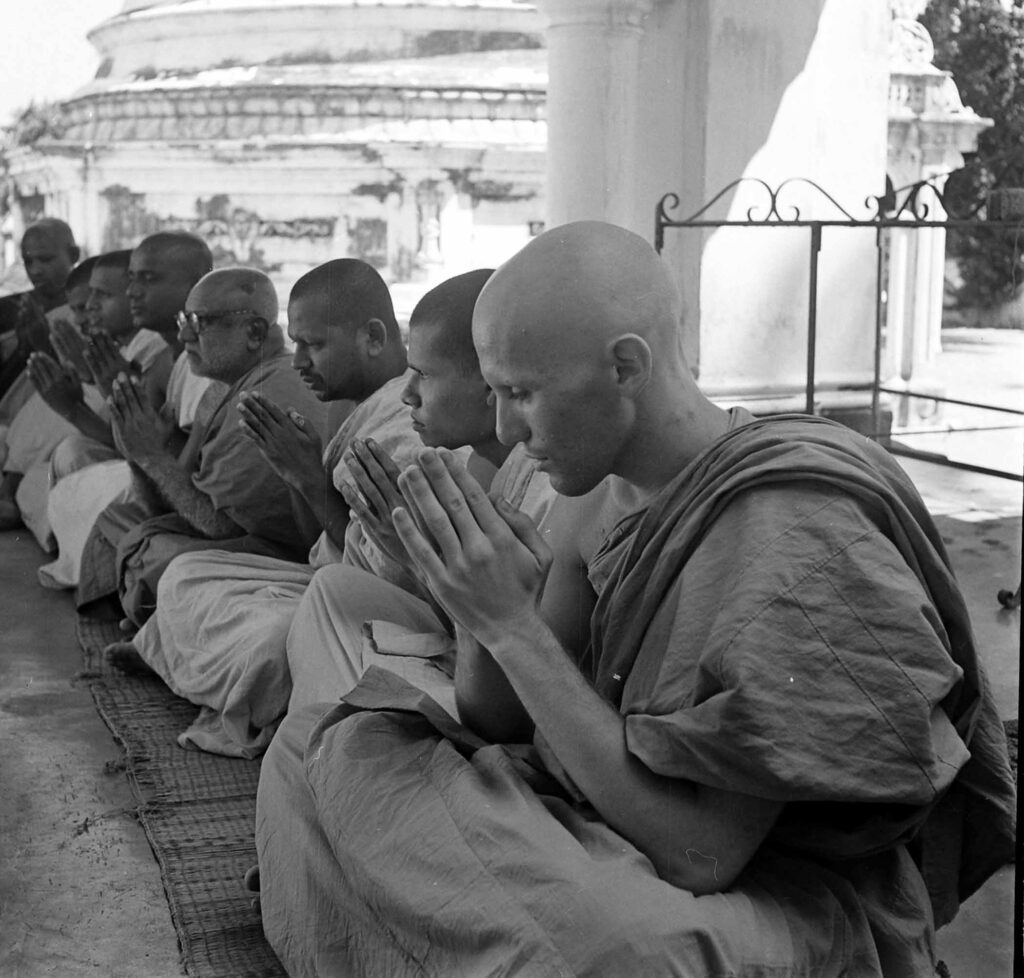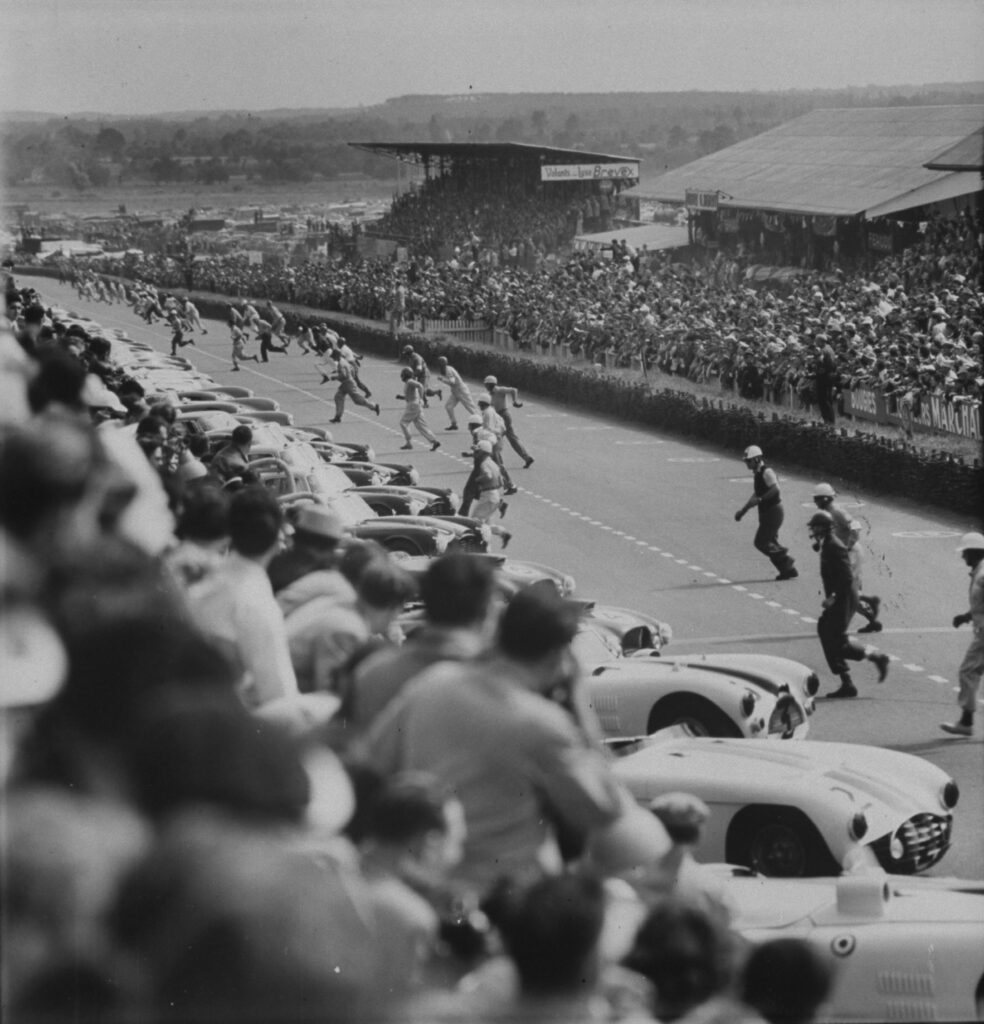Written By: Liz Ronk
The title of a 1957 feature on Brazil published in LIFE magazine was: “Growing Pains of a Big Country: Ambitious Brazil Has Great Riches, Fine Prospects — and Big Problems.” The operative word here, of course, is “big,” as Brazil is huge in many ways, not least in geographic size (the 5th largest country on earth) and in population (200 million people).
But enormous troubles—many of which stem, at least in part, from the country’s endemic corruption —have held Brazil back from realizing its phenomenal economic potential. A story with a similar headline could easily be written today. This gallery features color photos made when beautiful, troubled Brazil was enduring “growing pains” not dissimilar to what it has gone through in more recent times.

Rio’s peaks, while beautiful, also strangled traffic. Still, they made a lovely sight at dusk.
Dmitri Kessel The LIFE Picture Collection/Shutterstock

Sao Paulo, Brazil, 1957.
Dmitri Kessel The LIFE Picture Collection/Shutterstock

Decrepit engines, such as this 1904 wood burner on the Belem-Braganca run, plagued railroads. The eucalyptus logs they burned gave off the fragrance of cough medicine.
Dmitri Kessel The LIFE Picture Collection/Shutterstock

The basin of the Amazon river was home to 3.5 million people, a number of them recently arrived from Japan and Puerto Rico.
Dmitri Kessel The LIFE Picture Collection/Shutterstock

Brazil, 1957.
Dmitri Kessel The LIFE Picture Collection/Shutterstock

Brazil, 1957.
Dmitri Kessel The LIFE Picture Collection/Shutterstock

This U.S.-built Dam, Peixoto, was constructed by a subsidiary of the U.S.-owned American and Foreign Power Company to serve industrial centers outside Sao Paulo.
Dmitri Kessel The LIFE Picture Collection/Shutterstock

Brazil, 1957.
Dmitri Kessel The LIFE Picture Collection/Shutterstock

Rio, 1957.
Dmitri Kessel The LIFE Picture Collection/Shutterstock

Brazil, 1957.
Dmitri Kessel The LIFE Picture Collection/Shutterstock

Brazin’s old capital was Salvador, north of Rio in the sugar-growing country. It lost its position to Rio in 1763, after gold was discovered farther South. Salvador is a double city, the lower part (foreground) built along the harbor, and the upper part, with churches, monasteries that date to 17th Century, on a high bluff.
Dmitri Kessel The LIFE Picture Collection/Shutterstock

Picking cotton, Brazil, 1957.
Dmitri Kessel The LIFE Picture Collection/Shutterstock

This coffee plantation stood in the terra rosa (purple earth) territory of the state of Parana. The plantation, or fazenda, had its own little village of warehouses, workers’ houses and stores (center), surrounded by symmetrical rows of thousands of coffee trees 5 to 12 feet high. Each of these trees produced about one pound of coffee each year. The country produced almost half the world’s supply.
Dmitri Kessel The LIFE Picture Collection/Shutterstock

A new capital was being built in Brasilia by workers who lived in a cluster of 2,000 temporary wooden buildings. Traders from the nearby cities came to sell dry goods and razor blades from suitcases on the streets. There was no finished road to the site and practically all traffic in and out was by plane.
Dmitri Kessel The LIFE Picture Collection/Shutterstock

Rio de Janeiro, Brazil, 1957.
Dmitri Kessel The LIFE Picture Collection/Shutterstock

LIFE magazine, Oct. 21, 1957.

LIFE magazine, Oct. 21, 1957.

LIFE magazine, Oct. 21, 1957.

LIFE magazine, Oct. 21, 1957.

LIFE magazine, Oct. 21, 1957.

LIFE magazine, Oct. 21, 1957.





























